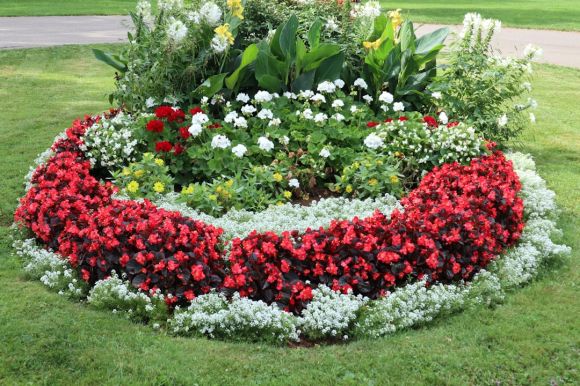Flower beds are a beautiful addition to any garden, providing bursts of color and a delightful fragrance. To keep your flower beds looking lush and vibrant, it is important to encourage blooming. Blooming refers to the process of flowers opening up and displaying their full beauty. In this article, we will explore some tips and techniques to help you encourage blooming in your flower beds.
Choosing the Right Plants
The first step in encouraging blooming is choosing the right plants for your flower beds. Different plants have different blooming requirements, so it is essential to select flowers that thrive in your climate and soil conditions. Research the optimal growing conditions for the flowers you are considering and ensure they are compatible with your garden.
Providing Adequate Sunlight
Sunlight is crucial for the blooming process as it is the primary source of energy for plants. Most flowering plants require at least six hours of direct sunlight per day to bloom to their full potential. Take note of the sunlight patterns in your garden and position your flower beds accordingly. If you have areas with partial shade, choose plants that can tolerate lower light levels.
Proper Watering
Watering is another critical factor in encouraging blooming in flower beds. While it may be tempting to water your plants daily, it is essential to strike a balance. Overwatering can lead to root rot and inhibit blooming, while underwatering can cause stress and result in fewer blooms. The key is to provide consistent moisture without drowning the plants. Water deeply and thoroughly, allowing the soil to dry slightly between waterings.
Pruning and Deadheading
Regular pruning and deadheading are essential tasks for encouraging blooming. Pruning helps maintain the shape and size of your plants, while deadheading involves removing spent flowers. Deadheading redirects the plant’s energy towards producing new blooms rather than forming seeds. Use sharp, clean pruning shears to make clean cuts just above a leaf node or bud.
Fertilizing
Fertilizing your flower beds can provide the necessary nutrients to promote blooming. Choose a balanced, slow-release fertilizer specifically formulated for flowering plants. Follow the instructions on the package for the correct application rate and frequency. Be careful not to over-fertilize, as this can lead to excessive foliage growth at the expense of blooming.
Mulching
Mulching is an effective way to conserve moisture, suppress weeds, and improve soil fertility, all of which contribute to blooming. Spread a layer of organic mulch around your flower beds, taking care to keep it away from the base of the plants. Organic mulches, such as wood chips or compost, gradually break down and enrich the soil over time.
Pest Control
Pests can wreak havoc on your flower beds, causing damage and inhibiting blooming. Regularly inspect your plants for signs of pests such as aphids, caterpillars, or spider mites. If an infestation is detected, take appropriate measures to control it, such as using organic insecticides or introducing beneficial insects.
Supporting Structures
Some flowering plants, such as roses or tall perennials, may require support structures to prevent them from flopping over and impeding blooming. Install stakes, cages, or trellises to provide support and help the plants grow upright. This will ensure that the flowers receive adequate sunlight and air circulation, promoting healthy blooming.
In conclusion, encouraging blooming in flower beds requires careful planning and attention to detail. By selecting the right plants, providing adequate sunlight and water, pruning and deadheading, fertilizing, mulching, controlling pests, and using supporting structures when needed, you can create a garden filled with vibrant blooms. Remember that each plant has its own specific blooming requirements, so it is important to research and cater to their individual needs. With these tips in mind, you can enjoy a stunning display of flowers in your flower beds throughout the growing season.





